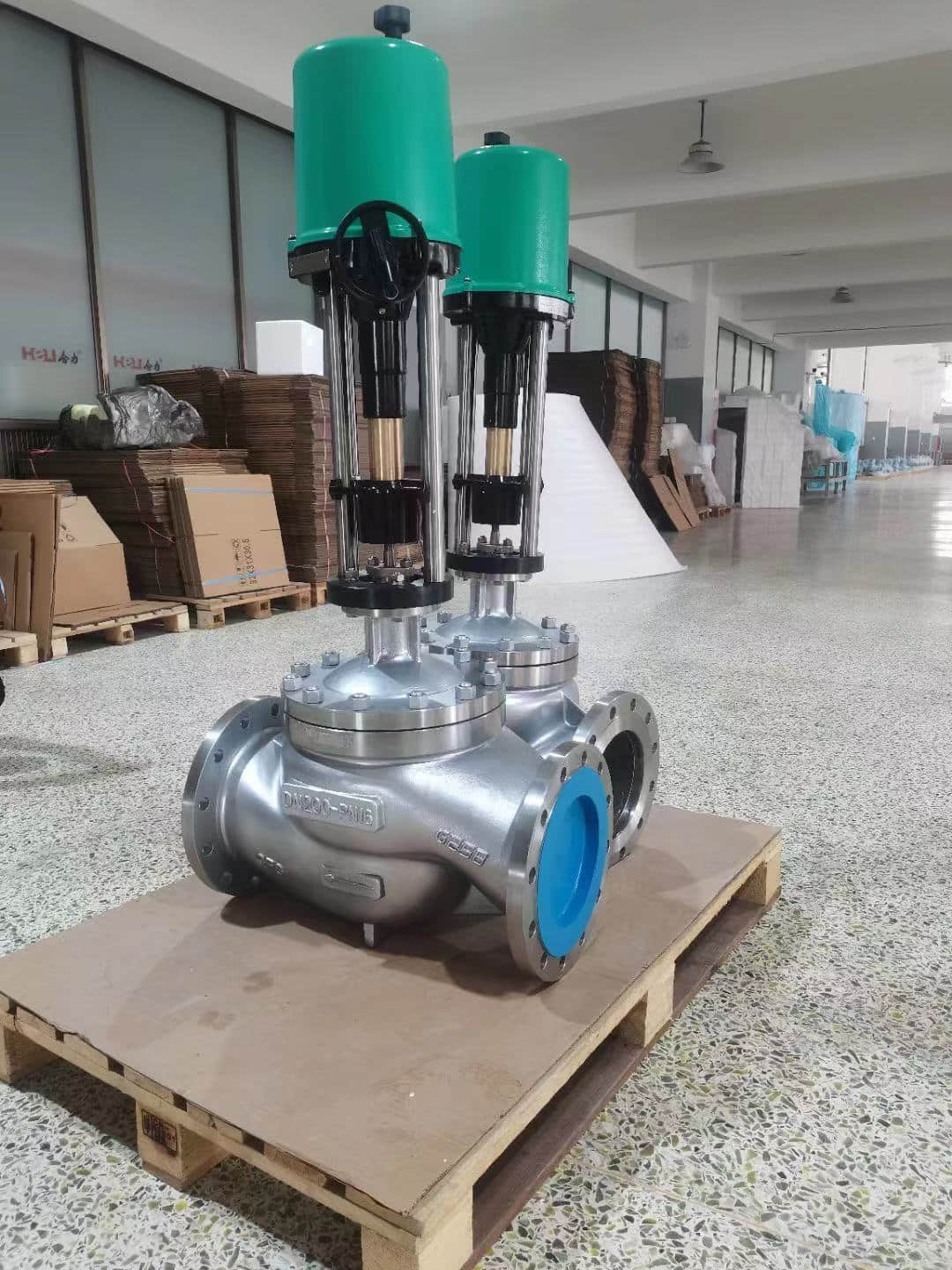understanding the wcb electric single seat regulating valve: features and applications
Release time:2025-01-20 10:27:58
In various industrial applications, controlling fluid flow is essential for maintaining process efficiency and safety. One critical component that facilitates this control is the regulating valve. Among the numerous types available, the WCB Electric Single Seat Regulating Valve stands out for its reliability, precision, and versatility. This article delves into the features, benefits, and applications of the WCB Electric Single Seat Regulating Valve, highlighting its significance in modern industrial processes.

What is a WCB Electric Single Seat Regulating Valve?
A WCB Electric Single Seat Regulating Valve is a type of valve designed to control the flow of liquids or gases within a pipeline system. The "WCB" refers to the material composition of the valve body, which is typically made of carbon steel, providing durability and strength. The "single seat" design indicates that there is one seat for the valve plug to close against, allowing for a more straightforward and efficient operation compared to double-seat valves.
This valve operates electrically, meaning that it uses an electric actuator to control its position, which adjusts the flow rate. The actuator can be programmed to respond to various inputs, allowing for precise control over flow conditions. This is particularly beneficial in applications requiring consistent flow rates or specific pressure settings.

